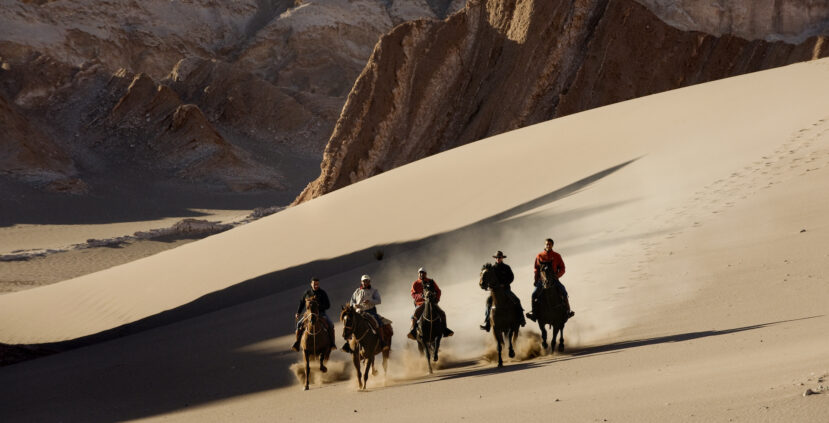
Luxury’s changing meaning has been with us for some time now: what was once defined as opulence with excessive cost with one-of-a-kind perfection is now merging into dimensions of sustainability, as well as a belief in the positive, rare, meaningful life adventure experience.
And one group in South America, explora, a company whose name is spelled in lowercase letters, has created exceptional hotel stays, guided explorations in remote areas, and private jet flights to or near such destinations.
Currently, explora offers travel to seven remote destinations in South America; Torres del Paine, Easter Island, and Atacama in Chile; the Sacred Valley in Perú; Salta and El Chaltén in Argentina; and Uyuni in Bolivia.
With these adventures, guests go into the wilderness on guided explorations with friends, family, or colleagues. They see the peaks of Torres del Paine National Park in Chile; ancient ruins along the Inca Trail in the Sacred Valley of the Incas at award-winning explora Valle Sagrado in Peru; the monolithic moai off the coast of Easter Island at explora Rapa Nui in the middle of the Pacific; and the dramatic landscapes of the Atacama Desert at explora Atacama at the San Pedro oasis just west of the Andes in northern Chile. Buyouts are also available at explora’s newest destination explora El Chaltén in Patagonia, Argentina, which will open on December 1, 2020.
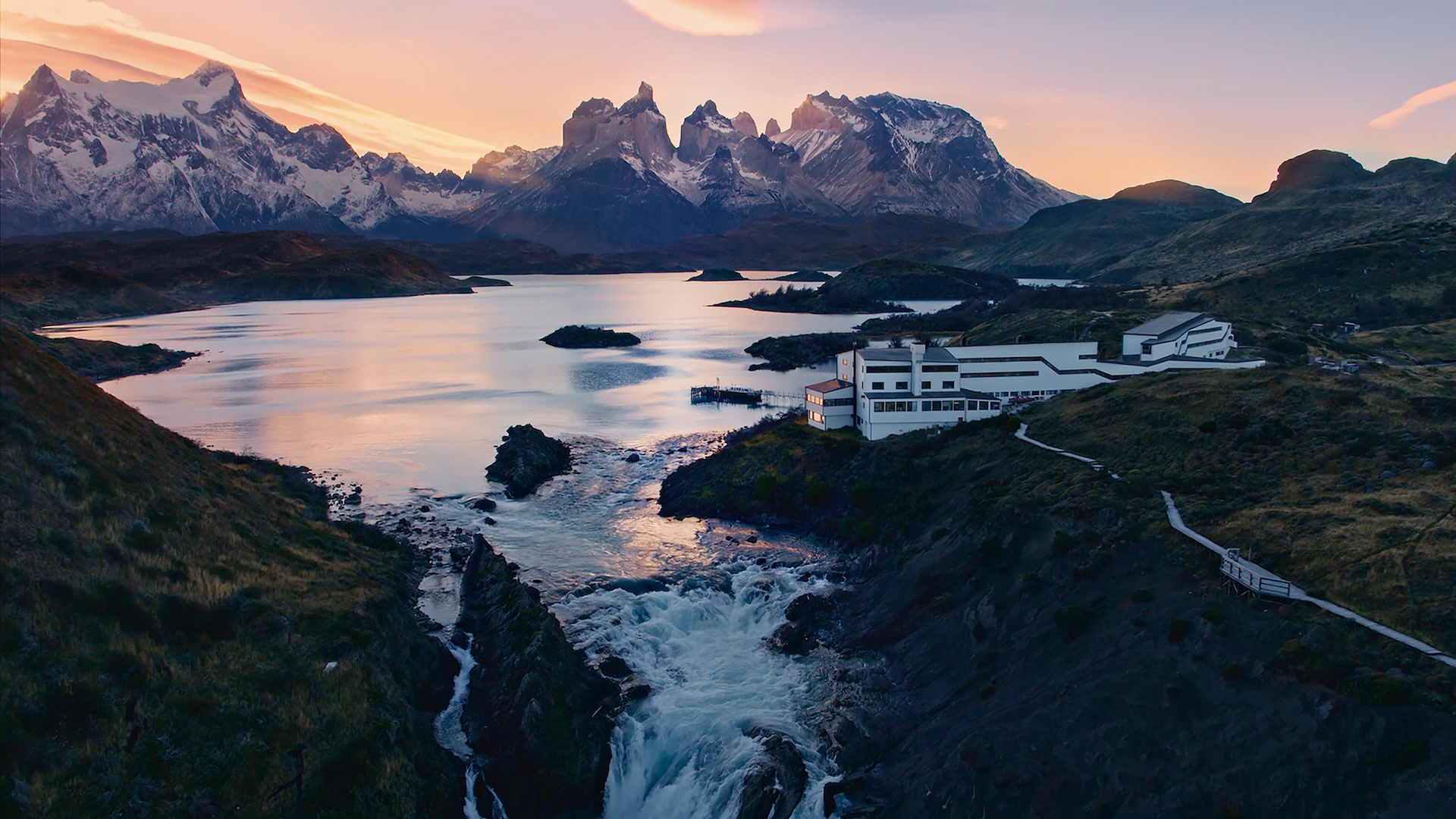
Beau Monde Traveler recently interviewed Gonzalo Undurraga, the CEO of explora, asking him about its DNA, and how he sees future of immersive, luxury travel. Undurraga has more than 20 years of experience in the travel industry, as former CEO of LATAM Chile.
Sr. Undurraga: The idea started to take shape in 1989. A few years later, in 1993, we opened explora Patagonia at the most Southern tip of South America. It was the only hotel located in the heart of the Torres del Paine National Park. Opening a hotel in such a remote location was a bold step.
If one looked at what tourism was then, Chile did not have any special features to promote itself. Suppose you compared the country to, say, Europe, where there are charming, entertaining cities, monuments, cathedrals, and museums. If you evaluated Chile in those years, many people would say “Well, we have magnificent beaches!” But some beaches where anyone entered the water, turned into a human icicle!
Our thinking shifted away from urban travel, and we realized that what one does is to travel, to explore truly. Torres del Paine in the 90s was still relatively undiscovered. We decided that if we created a tourism venture, we had to do it around other activities.
We moved away from what was then considered “tourism” – instead, we focused on exploring a relatively unknown territory. The idea of creating explora stems from that premise.
In hindsight, that was a shift in perception because it marked a new understanding of the country; it brought people from abroad who could take advantage of Chile’s real treasures. Today, Chile has evolved into a destination where travelers come for trekking and exploration. The country is loved for the outdoors and an active lifestyle.
Sr. Undurraga: When you want to immerse yourself in exploration, you have to go to the extreme points. Torres del Paine was an essential site in Chile, just as the Atacama Desert was. Both notable and in stark contrast to each other, which made a potent combination. We launched our operation in Patagonia in 1993 and in the Atacama in 1998. Easter Island a little later, in 2006. Our international expansion began in 2016 with the opening of our lodge in Peru’s Sacred Valley, halfway between Cuzco and Machu Picchu.
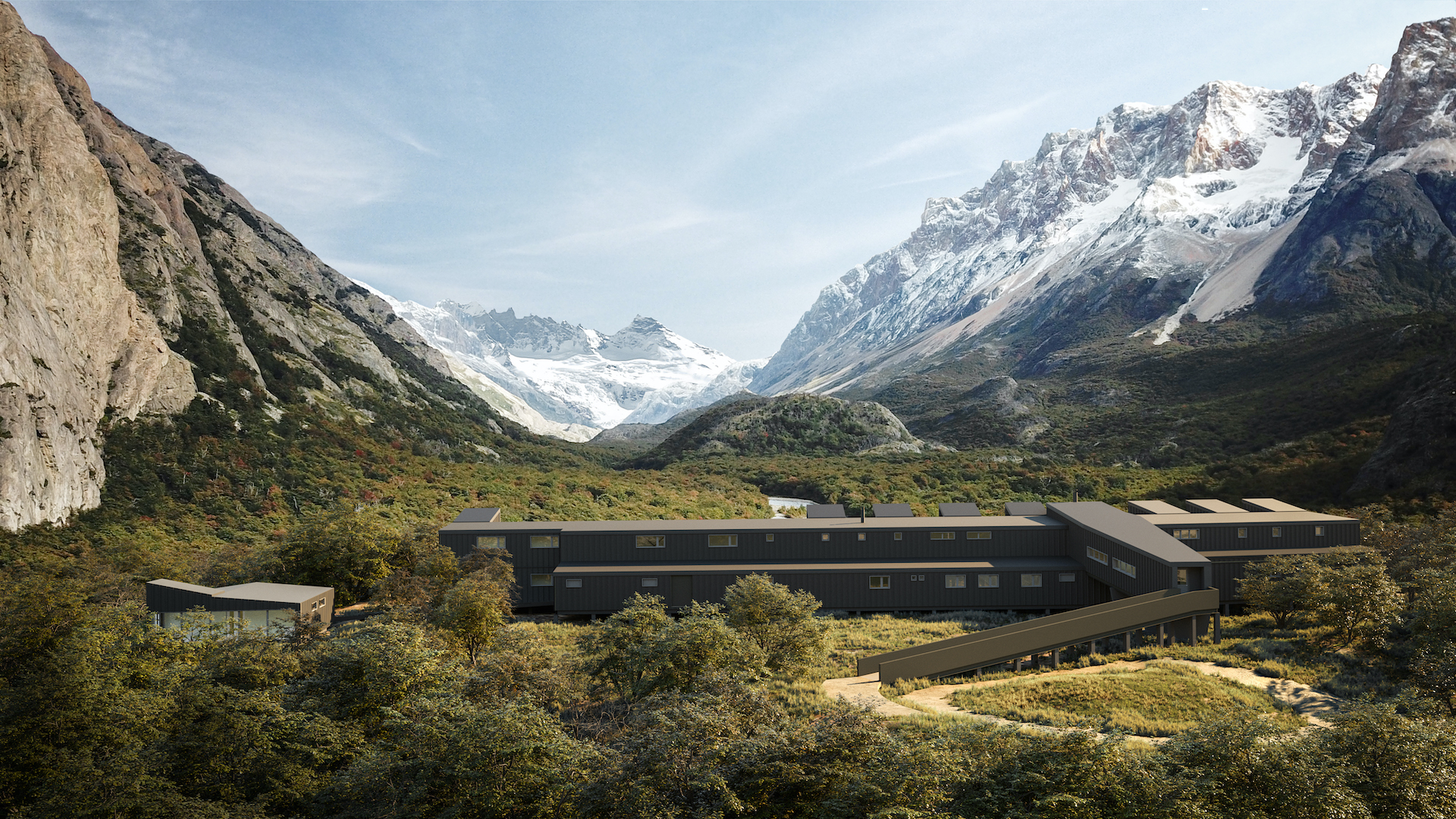
Sr. Undurraga: Each hotel responds to the unique beauty and characteristics of its location. It is not about building hotels; the hotel is an accessory to the program, a base camp if you will. explora only operates in destinations that promise excellent exploration possibilities. All the locations we chose are remote because that is where exploration can best take place. The architecture of each explora lodge is inspired by the history and traditions of that particular location. It aims to blend in with the environment instead of standing out from it.
explora actively introduces travelers to the incredible scenery of South America through a well-prepared exploration program. Our base is a hotel built for linking man to temporary space – present and past- and to the mysteries of nature. Its construction is based around essential luxuries, allowing the traveler to inhabit remote locations in its essence without distractions.
explora Patagonia is located at the center of the Torres del Paine National Park, the heart of Patagonia declared a UNESCO Biosphere Reserve. On Lake Pehoe, it has breathtaking views of the Paine ridge and the granite towers.
explora El Chaltén was designed in the classical style of ancient Patagonian estancias. It stretches across a forested valley floor surrounded by rugged, seasonally snow-dressed mountains and hills, within Los Huemules Natural Reserve, a private 14,300-acre spread devoted to preserving native flora and fauna in the hushed heart of the Electrico Valley at the entrance to Campo de Hielo Sur.
Occupying 42 acres in San Pedro de Atacama’s oasis, explora Atacama is a base for exploring the world’s driest desert, the Andean highlands, and beyond.
explora Valle Sagrado is located within a traditional corn plantation, locked away in one of the valley’s most secluded haciendas. The hotel is adjacent to Incan walls and colonial houses, one of which is the lodge’s spa. The hotel is close to both Cusco and Machu Picchu.
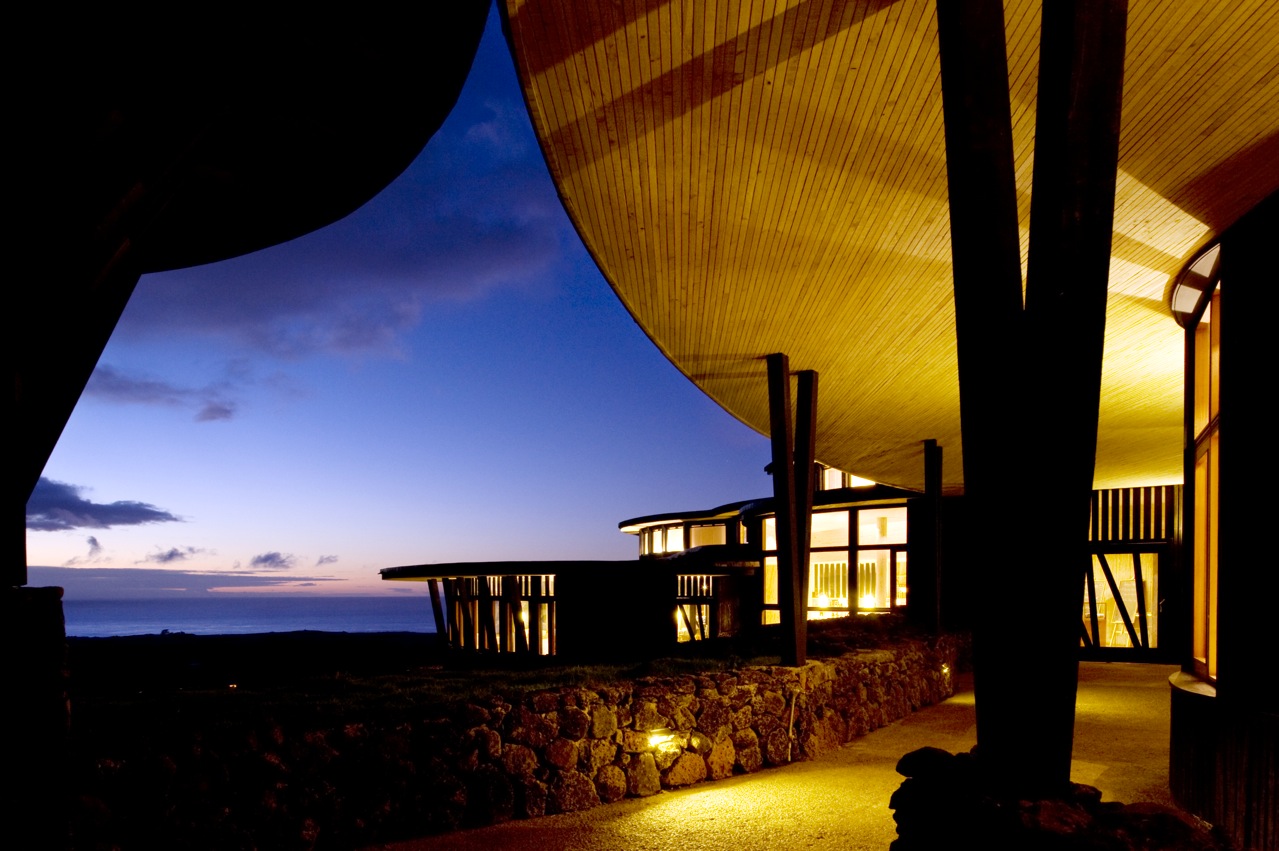
explora Rapa Nui is located five miles from Hanga Roa in a pristine and secluded location to explore Easter Island. The hotel is surrounded by trees, undulating grassland, and Pacific Ocean views. The Orongo village is a cultural highlight of the island and serves as its architectural inspiration.
Sr. Undurraga: We want explora guest travelers to leave with a deep understanding of our remote destinations, landscapes, history, people, gastronomy, and traditions. The entire explora experience is designed to achieve this goal.
It starts with carefully crafted explorations, a culinary experience created by some of the best chefs in South America based on traditional preparation techniques and local ingredients. Finally, daily interactions with explora-trained local guides and staff. People go on excursions and end up with memories and friends for life.
That’s what the founders enjoyed when they went on their group excursions – an immersion in a destination with the opportunities for very entertaining conversations.
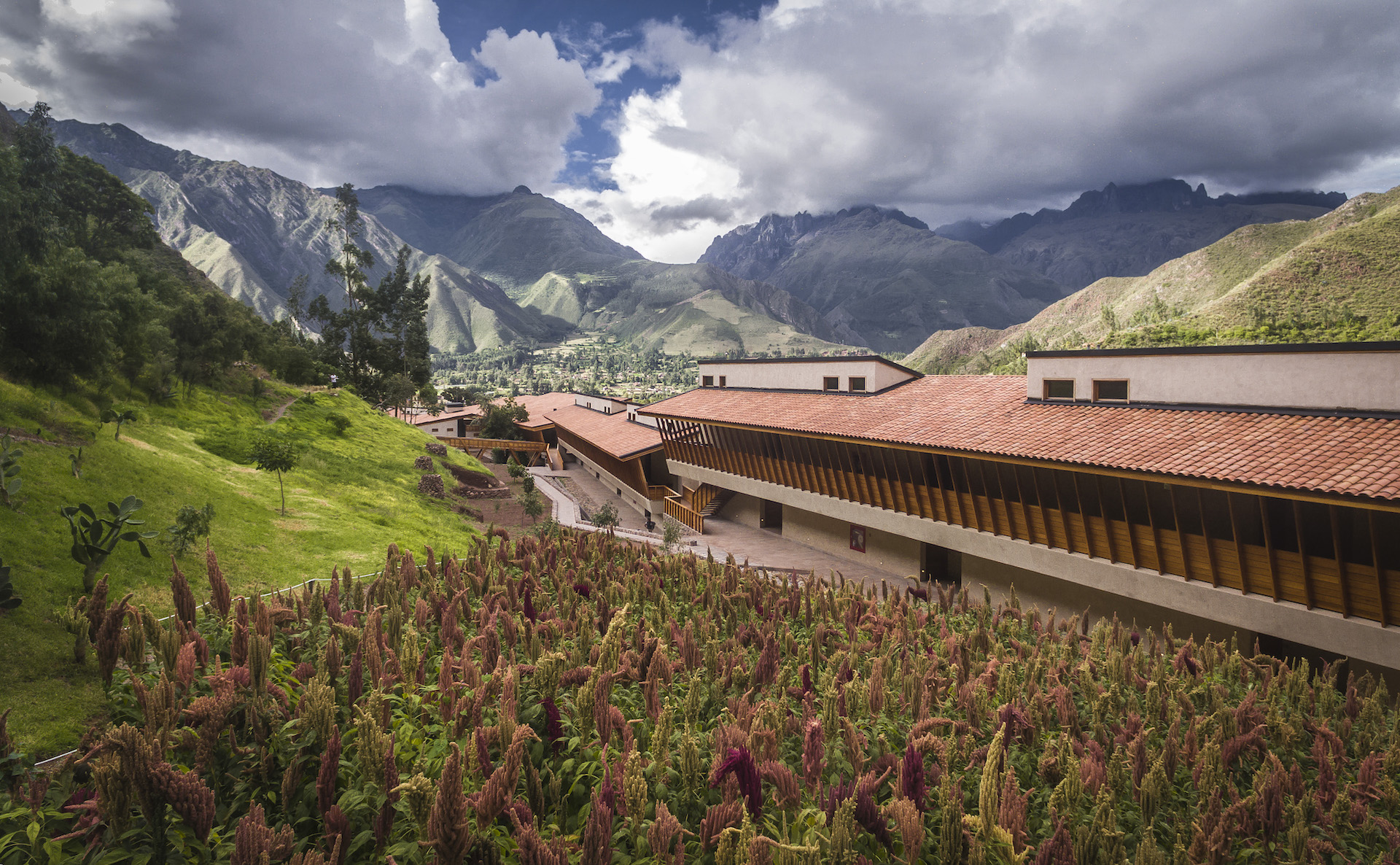
Sr. Undurraga: We are continually evaluating new locations. There are good opportunities in South America, but also on other continents. In December, we’ll open our new lodge in El Chalten, Argentina, and in April 2021, a new travesía (journey) Atacama-Uyuni, connecting Chile and Bolivia with a multi-day nomadic journey.
Sr. Undurraga: We live through challenging times, but we are sure that once the pandemic is under control, we will travel again with a renewed thirst for being in pristine nature and enjoying the wonders of explorations in open and remote destinations.

